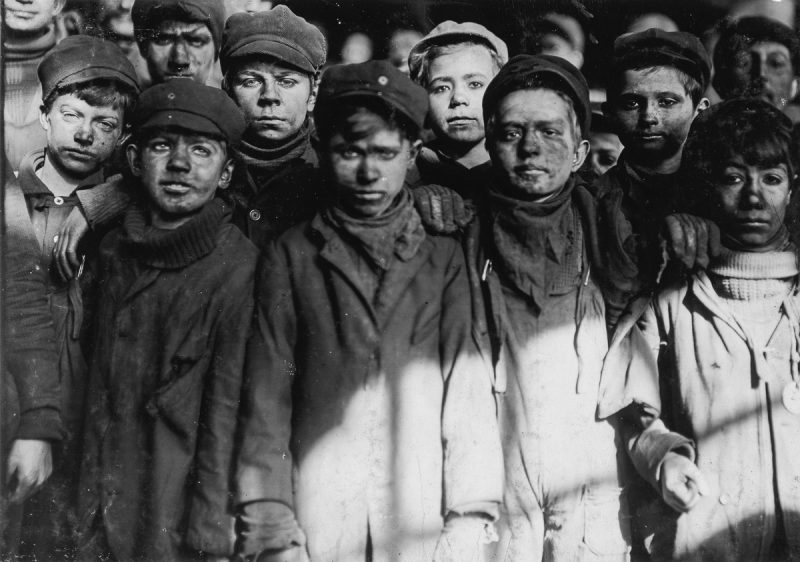One example of unimaginable, inhuman behavior is that of child labor. Today, some of us think of putting children to work as a subplot of Dicken’s novels. Others declare that it has remained a common practice of labor exploitation to the present day. In fact, it is so common that probably the branded sneakers most people wear are a byproduct of this odious policy.
Although it is often considered an aspect of the Industrial Revolution, child labor began earlier. Children from impoverished families have always worked as soon as they were able to in order to contribute to the finances of their home. However, in the pre-industrial era, there weren’t as many job options available for children. When industrialisation boomed, this changed.
Newly established mines and factories required many workers who could perform simple tasks, and factory owners soon realized that children were the perfect choice for such work. They were submissive, didn’t complain much, and could be easily controlled and paid poorly. This set new challenges for society. Some research has shown that children usually started working when they were only eight years old.
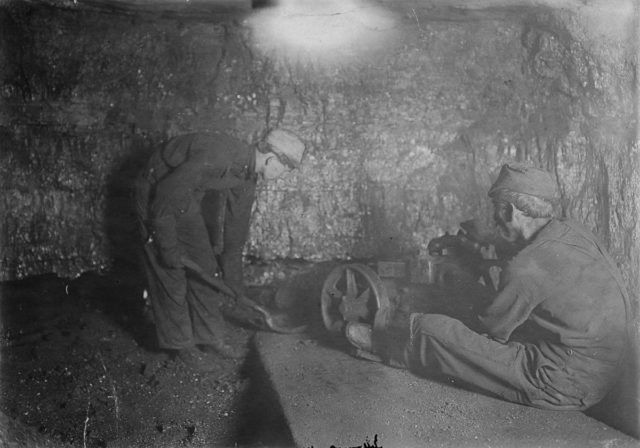
By 1900, in America, the states could be distinguished by whether or not they permitted child labor or implemented certain standards. In the North, the opposition to this kind of labor intensified, thus causing many factories to move to the South.
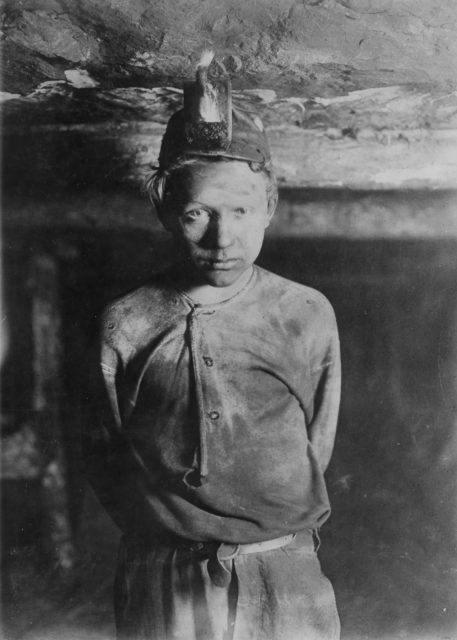
American children mostly worked in agriculture, glass, and textile factories. They also went down mines, and worked as piecers in spinning machines, chimney sweepers, and scavengers who clambered among the dangerous mechanisms and cleaned them from dirt or dust. All of these jobs were, of course, hazardous for children and, moreover, they demanded long working hours that rarely resulted in fair wages. Faced with such an arduous working environment, the exhausted child workers suffered countless injuries.
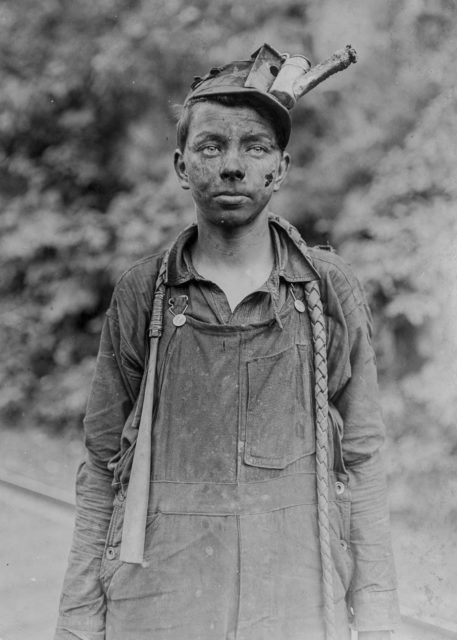
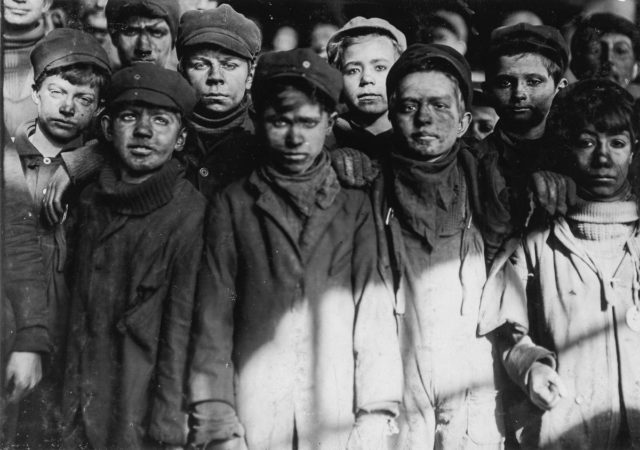
At the beginning of the 20th century, a few progressives in the United States came together and formed the National Child Labor Committee (NCLC) with the aim of ending child labor. In the following years, the federal government set up and established the Children’s Bureau within the office of the Department of Labor. The NCLC launched an investigative strategy with the help of a few field photographers whose goal was to investigate and document child workers in the various industries.
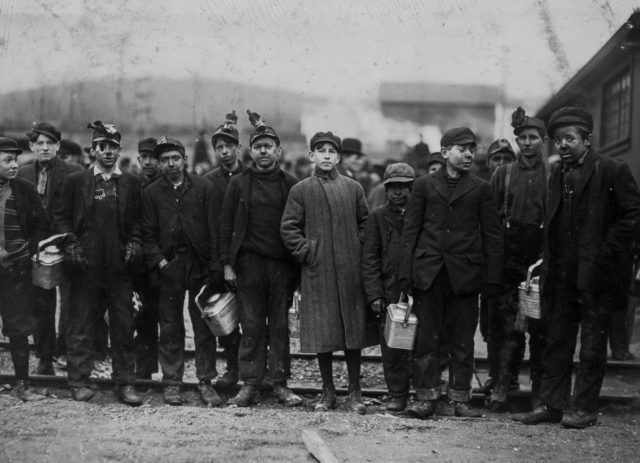
One of those photographers was a sociologist named Lewis Hine, who quit his job as a teacher and decided to join NCLC. He recorded child labor instances across America, particularly the work conditions and challenges that these children faced. Hine strongly believed the photograph was a powerful media and one that could bring change and awareness to the world.
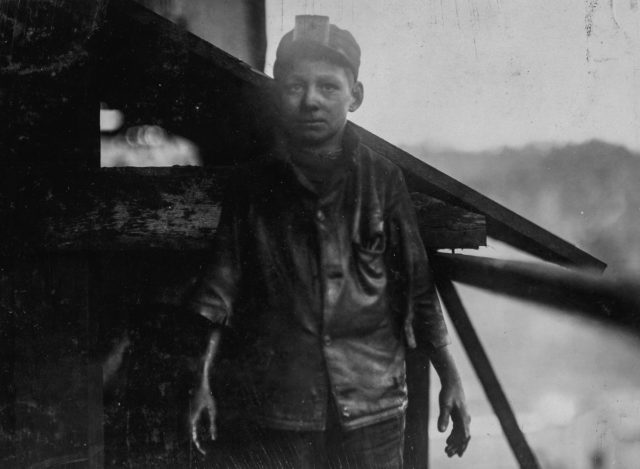
Often working under wraps, he visited many places throughout the country, entering factories, mines, and workshops where he documented workers as young as four year old. Hine was hardly welcomed by the employers, so he developed various cunning strategies that helped him interview the children and take their photos.
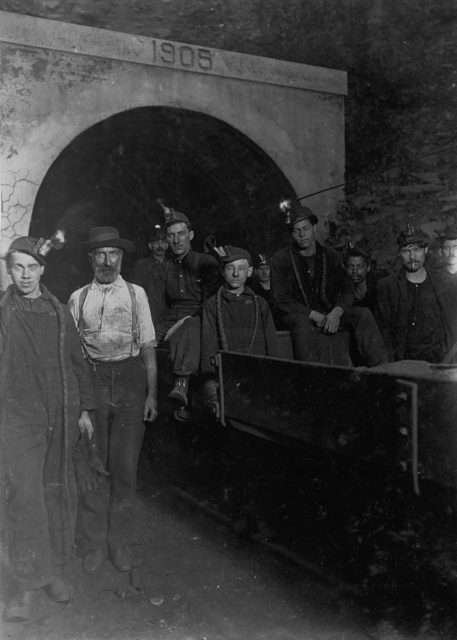
It was Hine’s work, as well as that of other photographers involved in the NCLC action, that consequently led to the passage of the Keating-Owens Child Labor Act in 1916. The act introduced child labor standards, such as an eight-hour workday, no working overnight for any minor under 16, and a minimum age of 14 years. Nevertheless, the Act was ruled unconstitutional, so the reforms concerning child labor had to wait until the implementation of the New Deal.
The detailed aspects of Hine’s work were brought to the public’s attention in 2004 by Joe Manning, a retired social worker. He was determined to delve into the lives of the photographed children, so he examined Hine’s photos and displayed the subjects on his website MorningsOnMapleStreet.com.
